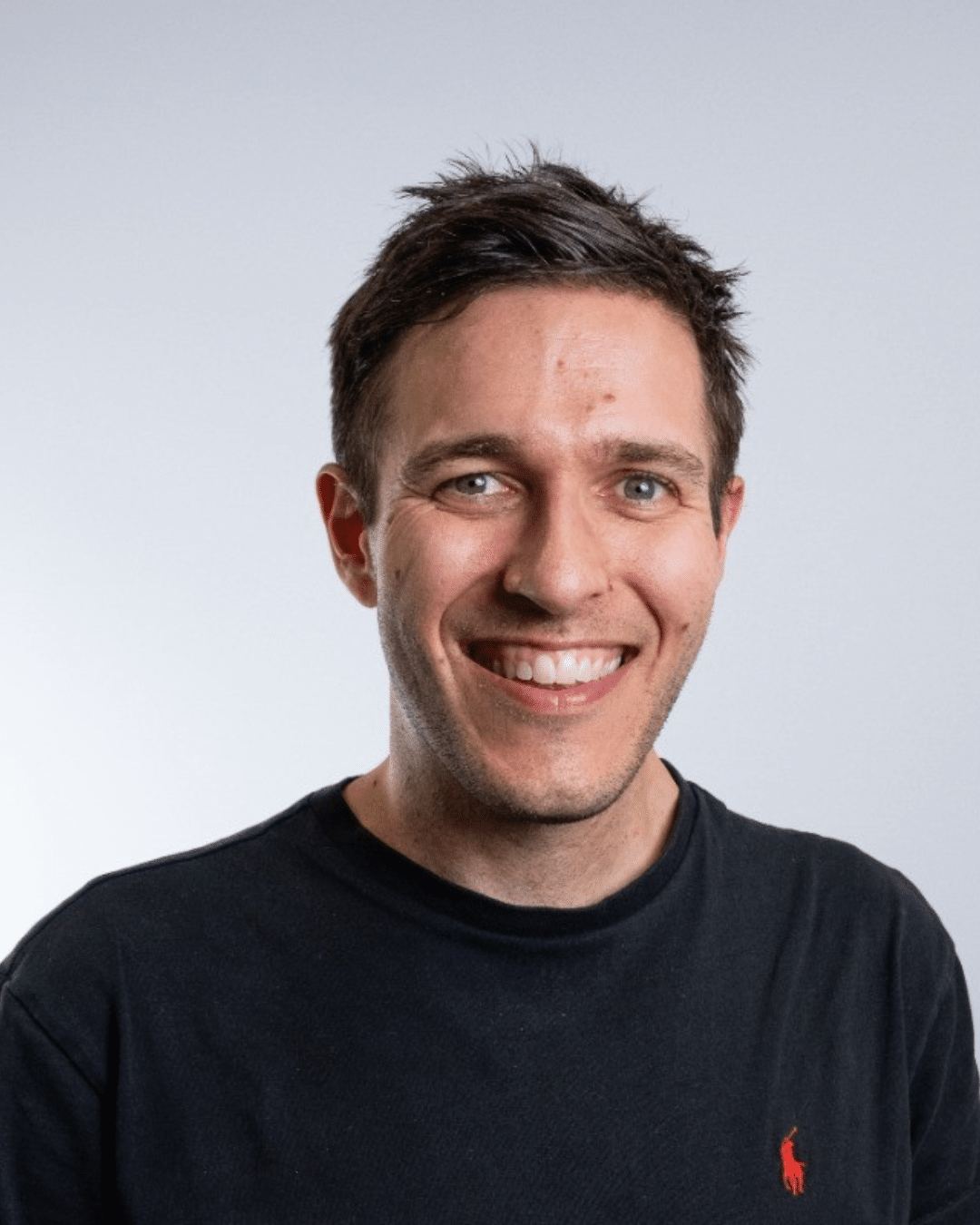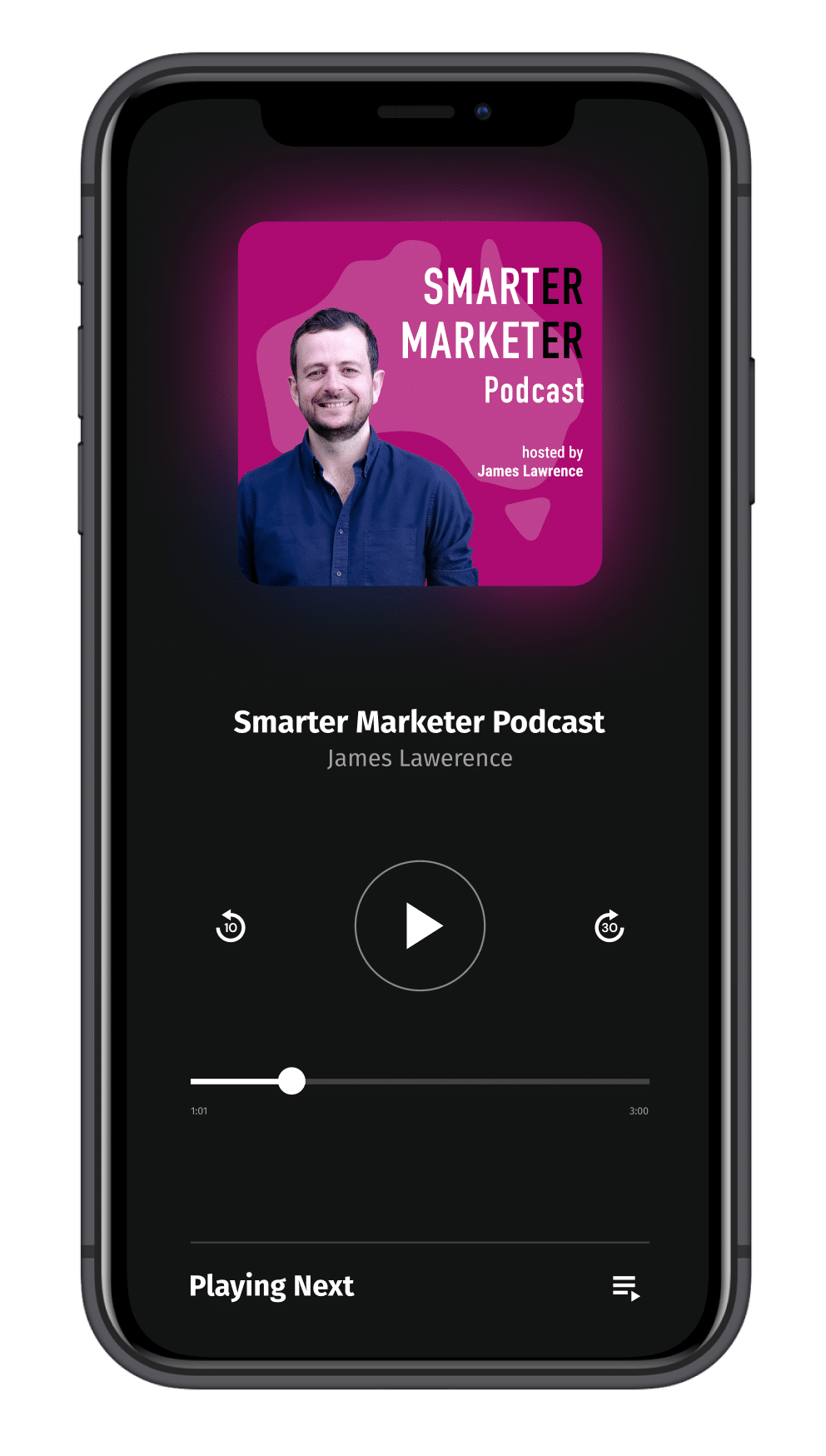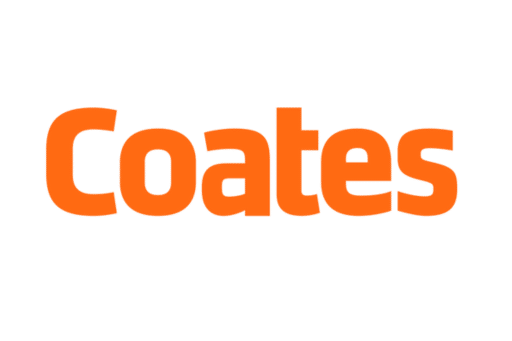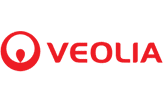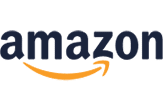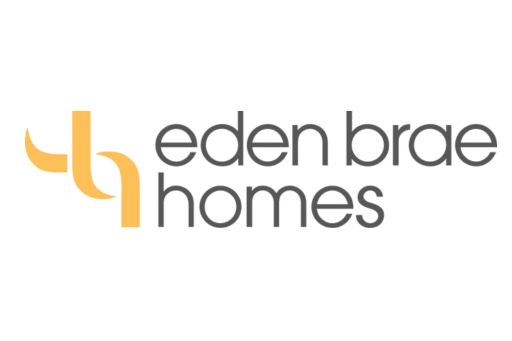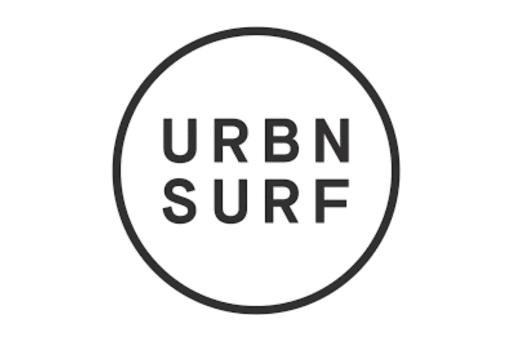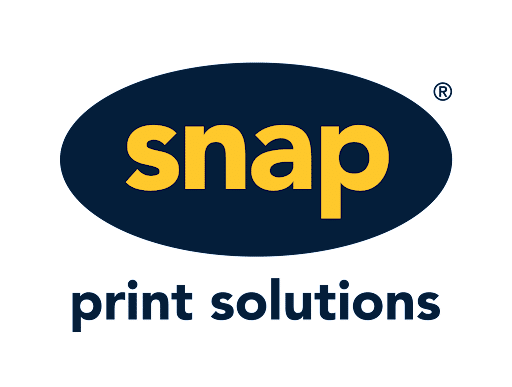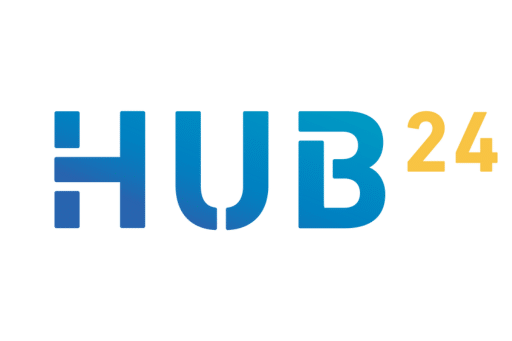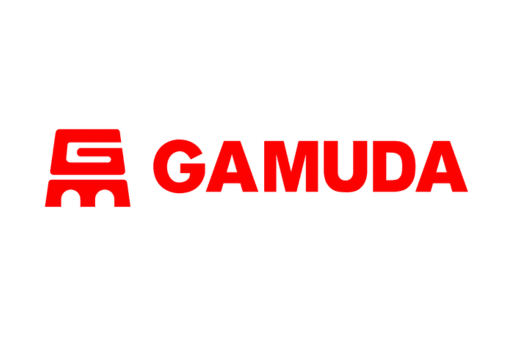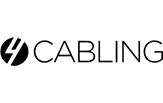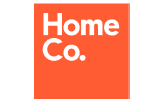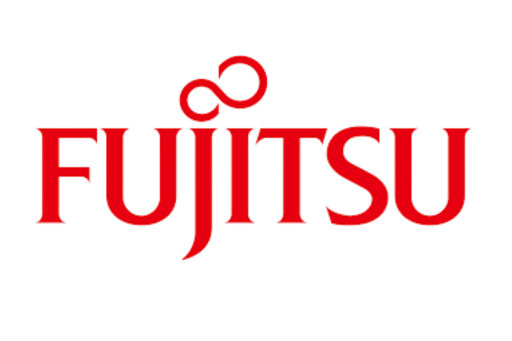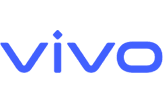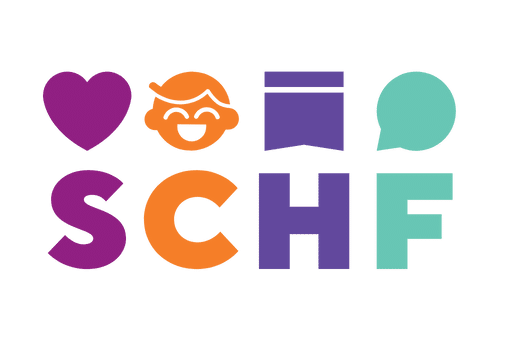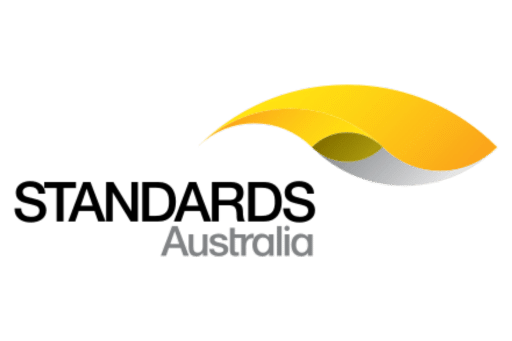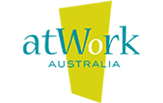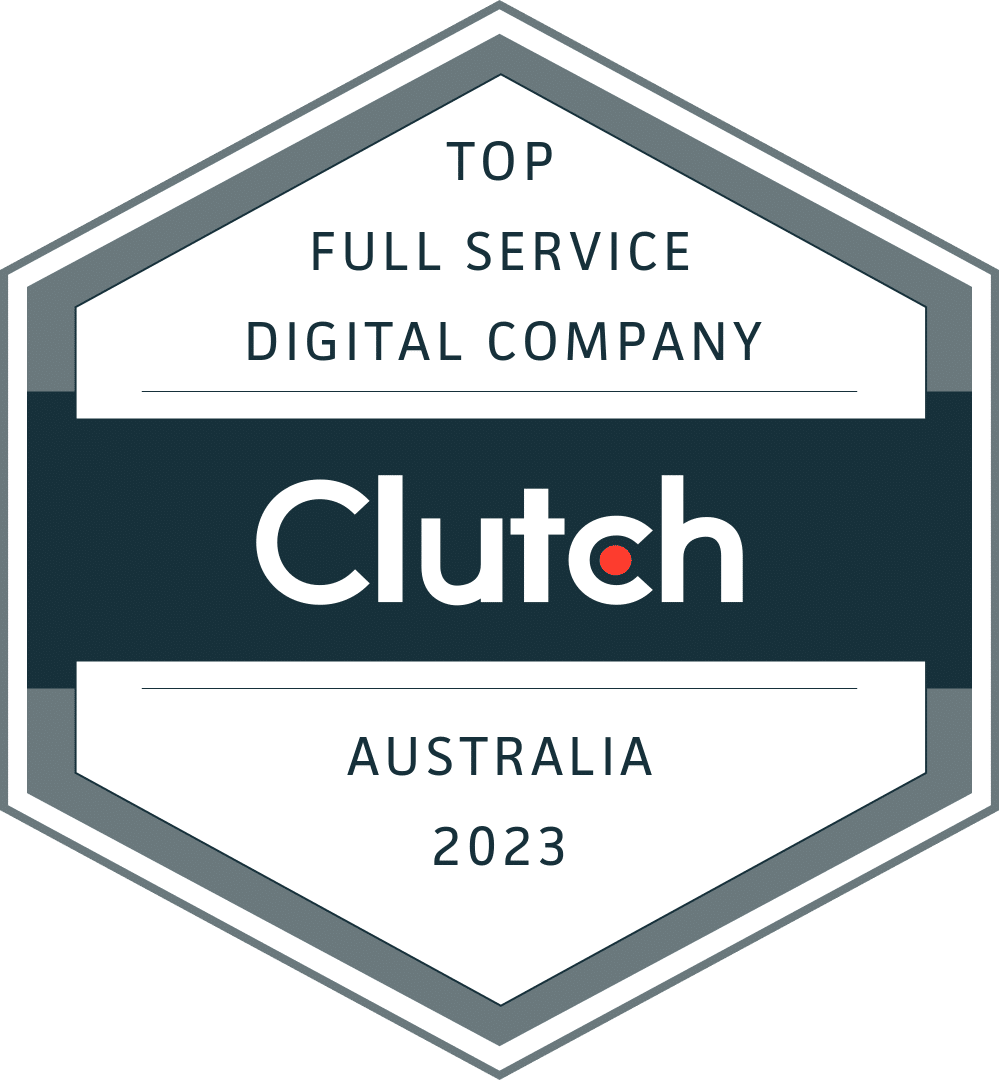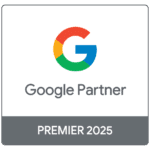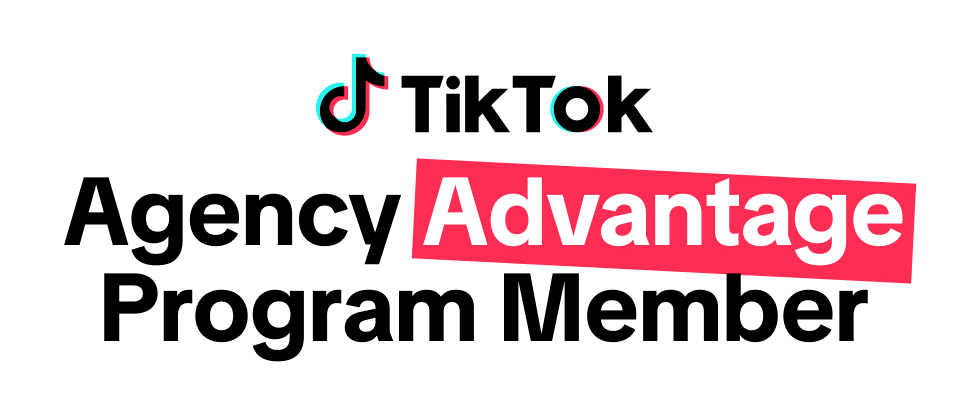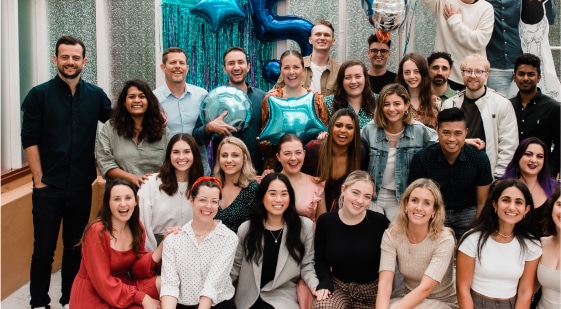The Growth of Outdoor Media in Australia
Episode Description:
Once thought of as a “traditional” channel, outdoor has once again become one of the most creative and technology-integrated mediums in modern marketing. As audiences move faster and attention gets harder to hold, out-of-home (OOH) continues to prove its staying power.
In this episode, James Lawrence sits down with Josh Gurgiel, Head of Creative at POLY (oOh!media’s content and innovation hub), to unpack how Australia’s largest OOH network is evolving, from the rise of digital formats and AI-driven creative to why simplicity and emotion still sit at the heart of every great campaign.
Key Takeaways:
- Why OOH remains one of the most powerful full-funnel channels, and will continue to be
- The creative rules that separate great outdoor work from visual clutter
- How motion and real-time creative are reshaping outdoor storytelling
- Why consistency and context, not constant reinvention, drive long-term brand resonance
- How brands like Specsavers, McDonald’s and Bankwest are redefining what ‘public space art’ can be
- Why static and digital work best together, and what that means for campaign planning in 2026
- A look ahead: from immersive brand experiences to outdoor as cultural content
Meet James Lawrence
Host, Smarter Marketer Podcast
Co-Founder of multi-award-winning Australian digital marketing agency Rocket, keynote speaker, host of Apple #1 Marketing Podcast, Smarter Marketer, and B&T Marketer of the Year Finalist.
James’ 15-year marketing career working with more than 500 in-house marketing teams and two decades of experience building one of Australia's top independent agencies inspired the release of Smarter Marketer in 2022, the definitive podcast for Australian marketers. The show brings together leading marketers, business leaders and thinkers to share the strategies that actually move the needle.
Each episode offers candid conversations, hard-won lessons and practical insights you can apply straight away.










James has delivered keynotes at:
Josh Gurgiel
Head of Creative, POLY
About the Guest
Josh Gurgiel is the Head of Creative at POLY, the content and creative innovation hub within oOh!media. With a career spanning creative direction, brand strategy and production, Josh leads the team shaping the next era of OOH innovation. His work with leading Australian and global brands continues to push the boundaries of how creativity, technology and data intersect in public space.
You can follow Josh on LinkedIn.
Transcript
James Lawrence: Welcome back to the Smarter Marketer Podcast. I’m here today with Josh Gurgiel from oOh!media. Josh, welcome back to the pod.
Josh Gurgiel: Thanks, James — great to be back.
James Lawrence: How are you, mate?
Josh Gurgiel: Good, good. Hard to believe it’s already October. It’s wild. The year’s flown by, but it’s been a good one — plenty happening and keeping us busy.
James Lawrence: Spring has definitely sprung. And it feels like the perfect time to talk all things outdoor media — where the industry’s at in late 2025 and what’s ahead for 2026.
Josh is Head of Creative for POLY, oOh!media’s content and creative innovation hub. oOh!media is Australia’s largest out-of-home company, with digital and static assets across roadsides, retail centres, airports, train stations, bus stops, office towers and universities. I read that three in four Australians see one of your assets each day. So when I think outdoor, I think of you, Josh — and I think of oOh!.
Let’s start there. What’s happening at oOh!media right now?
Josh Gurgiel: Great place to start. We’ve had a huge few years of growth — lots of new asset acquisitions and continual network expansion. We’ve really focused on identifying gaps in our coverage and plugging them, and that’s led to some incredible developments.
We launched Sydney Metro last year — five stunning new stations across Sydney. Honestly, they’re gorgeous — even the bathrooms are better than mine at home! These are premium environments that align perfectly with Sydney audiences.
Next up is Melbourne Metro, which we’re pushing hard to bring online soon. That’s another five stations, building out our Melbourne footprint. We also recently secured the Transurban large-format contract and EastLink, which have both been massive wins for Victoria.
On top of that, we launched the Northern Beaches network in Sydney about a year and a half ago. So, for the past few years, it’s been all about consolidating — securing the right contracts to ensure we have every major market and audience covered. By the time Transurban and Melbourne Metro are fully live, 2026 will be the year we double down on that network coverage.
James Lawrence: oOh!media is the biggest outdoor player in Australia by quite a margin, right?
Josh Gurgiel: That’s right. And the real strength lies in the breadth of the network — all those touchpoints across the consumer journey. We can reach people in so many different contexts and environments.
James Lawrence: It’s such a fascinating space. Outdoor advertising has evolved so much — from the early days of static billboards to digital, and now with AI and tech changing everything again. What trends are shaping the industry right now?
Josh Gurgiel: It’s been a wild few years — especially coming out of COVID. Working in outdoor during lockdowns wasn’t ideal! But what’s been interesting is how strong the rebound has been.
After that long period of isolation, people wanted to get back outside. And now, while digital still dominates performance and lower-funnel marketing, we’re seeing out-of-home take its rightful share from other broadcast channels.
Unlike digital or TV, out-of-home doesn’t rely on consumption behaviour. If you’re out and about, you’re part of the audience. That’s why we’re seeing budgets shift back — not just for reach, but because marketers now understand the impact of great outdoor.
Good out-of-home creative doesn’t just build awareness — it drives results across the full funnel. It integrates seamlessly into media mixes, and increasingly, we’re seeing brands use outdoor as a lead channel — not just an afterthought. It’s becoming a creative playground that sets the tone for the rest of the campaign.
James Lawrence: That brings us nicely to POLY. Can you explain what it is and what you do there?
Josh Gurgiel: POLY is our content and creative innovation hub. We launched it about three and a half years ago after research from Analytic Partners showed that around 41% of ROI from out-of-home comes from the creative execution itself.
So yes — targeting and placement are important, but the creative is the biggest driver of effectiveness. POLY exists to help brands, agencies and marketers unlock that.
We work with creative agencies, media agencies and clients to showcase what great out-of-home looks like — to inspire smarter creative thinking across different environments. Because every location is different: the mindset, the audience, the journey.
We’re involved pre-sale and post-sale — pitching ideas, producing builds, large-format dominations, special executions — everything from concept to production.
James Lawrence: I read your B&T article about your favourite outdoor campaigns from earlier this year. A lot of what makes outdoor effective seems timeless — simplicity, emotion, creative craft.
Josh Gurgiel: Exactly. And those principles haven’t changed. I always say that out-of-home doesn’t interrupt the content — it is the content. It’s public space art sponsored by brands.
That means we have to earn attention. We need to give people a reason to care. When we do that well — through emotion, humour, or strong design — it resonates.
Take Specsavers’ “Welcome to Melbourne/Sydney” campaign. Such a simple idea — perfectly on-brand, beautifully executed, and funny. It gave people a reason to look up, smile, and share. Their consistency is key — they’ve built creative territory that’s instantly recognisable and they keep iterating within it. That’s how you become part of the cultural fabric.
Another great one is Bankwest’s “Just Enough Bank”. They’ve leaned into contextual creative across markets, and it’s now part of the urban landscape. When outdoor becomes part of people’s everyday lives — when it integrates into the scenery — that’s when it really cuts through.
James Lawrence: Context feels like a massive part of that.
Josh Gurgiel: It is. Some of the best examples are the simplest. The KitKat “Take a Break” campaign is a favourite. They replaced people’s phones with a KitKat — no words, no tagline, just the visual metaphor. It spoke directly to modern behaviour in a clever, human way.
That’s what good outdoor does — it invites the audience in. It’s not shouting; it’s sparking recognition and emotion.
James Lawrence: Let’s talk about simplicity. Outdoor’s expensive real estate — the temptation must be to cram in as much as possible.
Josh Gurgiel: All the time! But simplicity wins. Our research shows that the most effective creative has seven words or fewer, strong contrast, and clear distinctive assets.
You’ve got three main environments: drive-by, walk-by, and stand-by. A roadside billboard might get three seconds of attention; an airport lounge could get minutes. Creative must be designed for the context.
We ran a Creative Outcomes Study analysing 250 campaigns. Simpler creative consistently outperformed cluttered ads — in some cases by 24% higher sales. Brands like KFC do this brilliantly: bold colour, iconic assets, instantly recognisable.
And then there are brands like Hard Rated — they used our 3D anamorphic sites beautifully, making the product appear to sit inside the pillar. Visually striking, simple, and impossible to miss.
James Lawrence: Speaking of tech — talk to me about digitalisation and movement in outdoor.
Josh Gurgiel: We have a saying: “If it’s got a roof, it can move.” Roadside sites can’t use motion for safety reasons, but indoor environments — airports, retail, rail — are perfect for it.
Motion is powerful. Our data shows brands using motion in creative see up to a 39% increase in sales. Movement captures the eye — it’s human nature.
Beyond that, we’re seeing exciting innovation with AI. A great example is our ANZ Falcon campaign. It started as a 3D anamorphic piece, then expanded across multiple environments. We integrated AI to create a “Falcon Doppelgänger” — people could scan a QR code, generate their own falcon image, and see it displayed live across our network. It was an incredible fusion of creativity, interactivity and technology — and it just won an MFA Award.
James Lawrence: I loved that. And it reminds me of the British Airways campaign in the UK.
Josh Gurgiel: Yes — that’s been the benchmark globally. It proved that you can be subtle and still have huge impact. It showed just part of the British Airways logo with a person looking out a plane window. No tagline, no copy — just intrigue and brand strength.
It’s the same principle as McDonald’s Wingdings campaign — using coded messages in their brand colours to tease the launch of a new product. It got people talking, decoding, sharing. When you’re strong enough creatively, you can let the audience do the work.
James Lawrence: And that ties beautifully into the power of brand assets.
Josh Gurgiel: Absolutely. Typeface, colour, shape — these are huge. When you can show a colour and a font and people know exactly who you are — like Barbie did with its pink campaign — that’s the ultimate brand power.
Even smaller brands can take that approach. You don’t need a URL on your ad if the creative’s compelling enough. If it’s good, people will search for it.
James Lawrence: Let’s shift to technology and measurement. What’s coming next?
Josh Gurgiel: We’re excited about MOVE 2.0, the new industry-wide measurement system launching soon. It’ll unify metro and regional data, giving the industry a consistent, accountable framework. That’s a game-changer.
Internally, we’re also investing heavily in automation and improving the buying experience — making it easier and faster for advertisers to plan and book campaigns.
James Lawrence: Do you see a future where everything goes digital?
Josh Gurgiel: Definitely not. Static still plays a crucial role. Digital offers flexibility and context, but static gives you ownership — full share of voice, physical immersion, permanence.
We’ve seen major growth in retail and rail dominations, where brands take over entire spaces. Netflix did it brilliantly with Apple Cider Vinegar at Parliament Station — a full-station experience, complete with a live vending activation.
And even with digital panels, brands are wrapping shelters or integrating physical builds to create hybrid experiences. The Barbie bus shelter takeover in Brisbane is a perfect example — it became a photo moment that spread like wildfire online.
James Lawrence: Is there data showing static might actually feel more premium?
Josh Gurgiel: Yes. Analytic Partners found that campaigns combining digital and static outperform digital-only campaigns on ROI. The blend works best — static builds brand presence, digital adds agility and context.
Our own research also shows that special builds and dominations deliver brand sales uplifts. Immersion matters — when you can walk through a brand experience, it sticks.
James Lawrence: It wouldn’t be 2025 without asking about AI. How is it really impacting outdoor?
Josh Gurgiel: The biggest impact right now is speed and scale. AI lets us generate and adapt creative in real time, making campaigns more dynamic and personalised.
It’s also helping automate parts of the buying and reporting process. Essentially, it’s about meeting the market’s need for speed — smarter, faster, more efficient execution.
James Lawrence: Final question — where do you see outdoor heading over the next decade?
Josh Gurgiel: Look at places like Times Square or the Las Vegas Sphere — they’re perfect glimpses into the future. People go there because of the advertising. Out-of-home becomes entertainment, culture, and content in its own right.
I think we’ll see more immersive, landmark-scale experiences that blend art, content, and technology. Real estate developers already approach us to integrate these concepts into urban design.
As cities grow and public transport expands, these environments become even more central. The brands that win will be the ones who turn those spaces into something people want to photograph, share and talk about.
And that’s the other side of it — the digital ripple effect. Great out-of-home doesn’t stop at the billboard. It fuels social sharing, earned media, and cultural conversation.
Koala does this brilliantly — they treat out-of-home as a content channel, turning every campaign into shareable social material. That’s the power of modern outdoor.
James Lawrence: Couldn’t agree more. Josh, it’s always a pleasure talking to you — such a fascinating space and a great conversation as always.
Josh Gurgiel: Thanks, James. Always love chatting — appreciate it.
